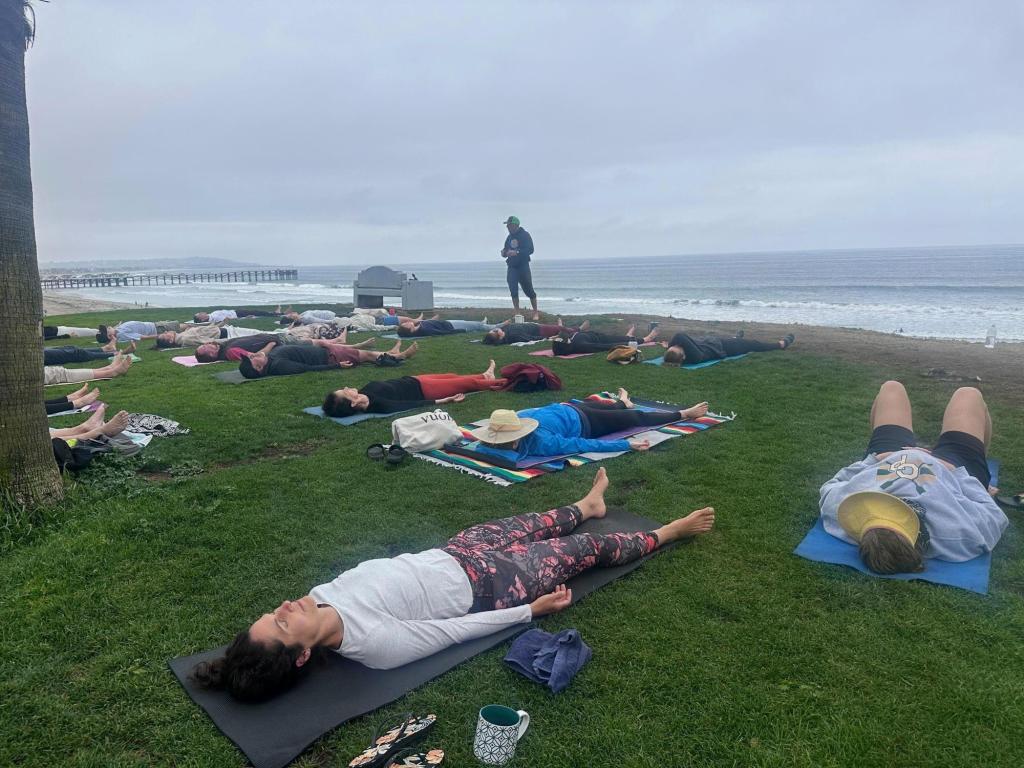Summary
Movement has always been a big part of Nicole Tsong’s life. Now that she’s pregnant that hasn’t changed. In fact, it’s as important as ever, she says.
Source: The Seattle Times

AI News Q&A (Free Content)
Q1: What are the benefits of maintaining a regular exercise routine during pregnancy?
A1: Regular exercise during pregnancy offers numerous benefits such as improved cardiovascular health, reduced risk of gestational diabetes, and alleviation of pregnancy-related discomforts. It also supports better mental well-being by reducing anxiety and depression. Moderate-intensity exercises, as recommended by guidelines, promote overall health and can contribute to a smoother labor experience.
Q2: What does recent research say about the safety and benefits of yoga and Pilates for pregnant women?
A2: Recent research highlights that yoga and Pilates can be safely practiced during pregnancy, offering benefits like enhanced flexibility, strength, and relaxation. The '3DYoga90' dataset study has contributed to better understanding yoga poses, which can aid in developing tailored exercise programs for pregnant women, ensuring safety and maximizing benefits.
Q3: How does Nicole Tsong's approach to movement during pregnancy inspire other expectant mothers?
A3: Nicole Tsong emphasizes the importance of staying active during pregnancy, treating it as an exploration. Her approach includes adapting to new physical challenges while maintaining a commitment to movement, which can inspire other mothers by showing that pregnancy doesn't have to limit physical activity but instead can be a time to explore new forms of exercise.
Q4: What are the national guidelines for physical activity during pregnancy, and how do they compare to general recommendations?
A4: The national guidelines for physical activity during pregnancy mirror those for the general population, recommending at least 150 minutes of moderate-intensity aerobic activity weekly, along with strength training. This consistency underscores the importance of exercise for maintaining health during pregnancy, adapting intensity and type based on individual capacity and pregnancy stage.
Q5: What are the historical and current perspectives on exercise during pregnancy according to scholarly sources?
A5: Historically, there was a misconception that exercise could pose risks during pregnancy, often leading to bed rest prescriptions. However, current perspectives, supported by research, advocate for moderate-intensity physical activity. Studies reveal that exercise enhances maternal and fetal health outcomes, dispelling myths about its risks and encouraging informed exercise practices.
Q6: How does movement impact mental health during pregnancy?
A6: Exercise during pregnancy has been shown to positively impact mental health by reducing symptoms of depression and anxiety. It promotes the release of endorphins and improves mood, contributing to overall emotional well-being, which is crucial during the physical and emotional changes of pregnancy.
Q7: What role does prenatal care play in the context of exercise during pregnancy?
A7: Prenatal care is vital as it provides guidelines and monitoring to ensure the safety of exercise during pregnancy. It involves regular check-ups, nutritional advice, and tailored exercise recommendations, which together support a healthy pregnancy and minimize risks associated with high-intensity or inappropriate activities.
References:
- 3DYoga90: A Hierarchical Video Dataset for Yoga Pose Understanding



